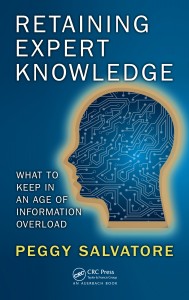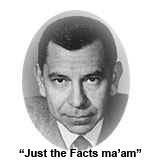One of the core ideas in Retaining Expert Knowledge is to make sure you are spending your valuable, finite corporate training resources capturing the knowledge that is most critical to maintaining and growing your business. That critical knowledge is information to keep your current customers coming back and the information you need for growth and innovation.
Capturing knowledge is more than just a preventative measure against future loss. It also means identifying information to solve current problems and gaps.
Some of that knowledge is in the heads of your employees and needs to be part of your training assets. Identifying the right experts and the right knowledge that you need to capture today requires looking at what is going on in your organization.
On the other hand, some of the information you need to solve current problems or anticipate future needs may not be in your organization today. The sooner you know what you need, the sooner you can begin to go out and find it.
Here are a few suggestions for asking yourself some structured questions to help stem the tide of knowledge loss and for initiating your hunt to bring in information and expertise you need to excel.
- Diagnostic Inquiry: Do you have a current and obvious knowledge gap? What are the problems you are experiencing today? What do you need to know to bridge the gap and solve the problem?
- Metrics: Which metrics are you trying to impact? Which ones are difficult to move? What do you need to know to be able to take actions to positively move the needle on those hard-to-move metrics?
- Performance Analysis: What are employees not doing today that you would like them to be doing? What are employees doing that you would like them to stop doing? Are there tasks that need to be done to which no one is specifically assigned? Are people assigned to tasks that have no real value (busywork)?
- Urgency and Frequency: How often does a certain problem occur? How much of your business does it impact? Does it impact your biggest customers and your largest orders?
- Location: Where does a problem occur? Does an issue exist in one business unit or at one site? Is the issue across the entire company? Does it happen only under one particular leader or manager?
- Scope and Impact: What is the immediate impact of the problem? What is the size of the problem? Is it a shortage? Does it indicate too much of something exists somewhere? Does it impact the whole organization (cultural and broad) or is it isolated to one area, unit, site?
By applying your data-gathering efforts in a structured way, you can be sure you are identifying the information you need to solve problems that are affecting you today and can impact you tomorrow.
Do you conduct a structured knowledge scan in your organization? If so, what methods do you use?









